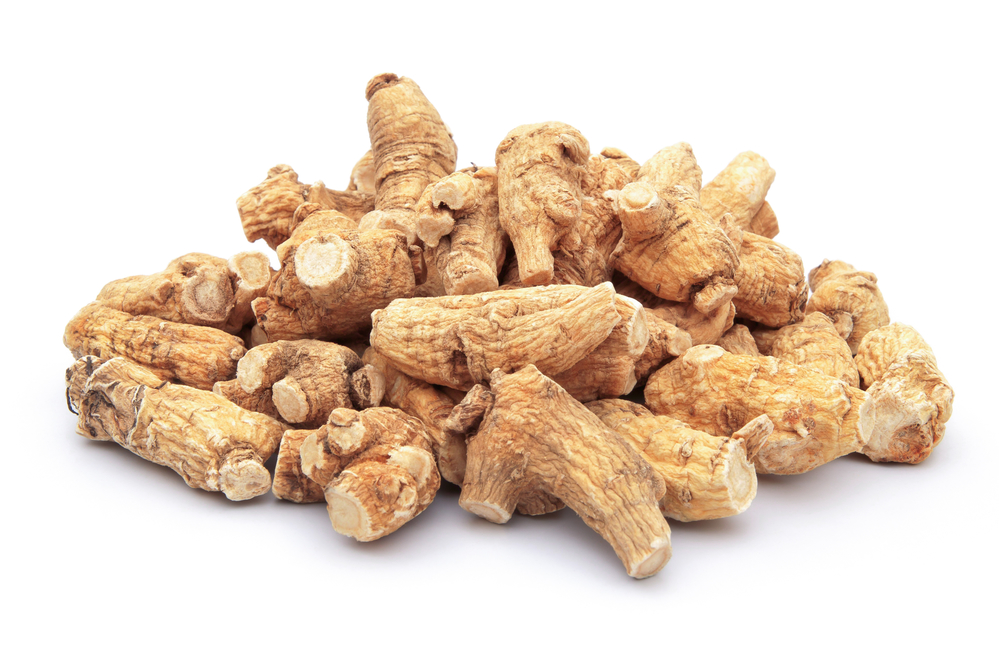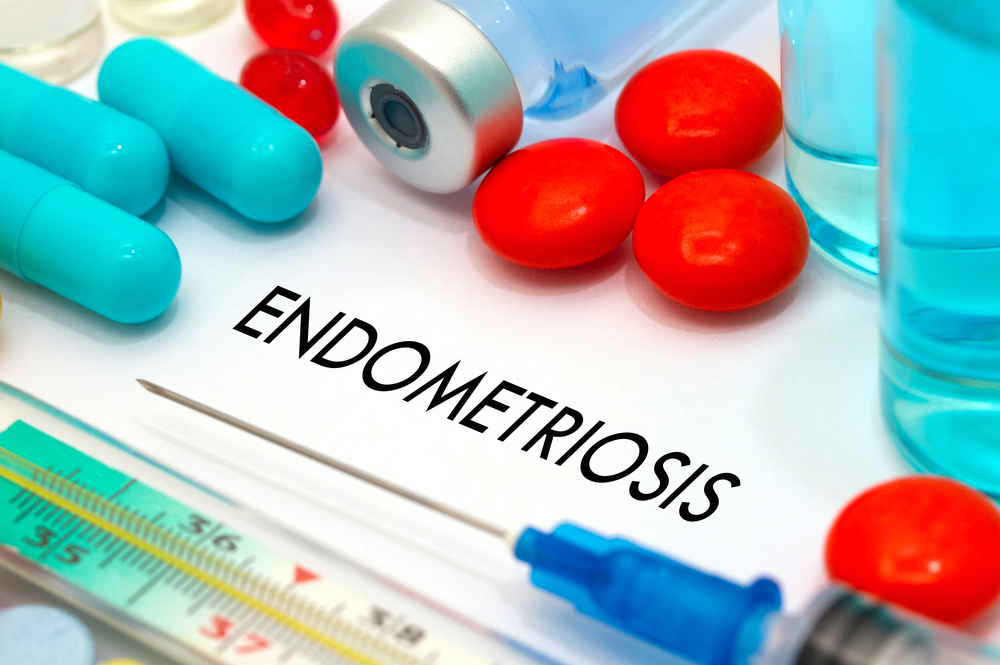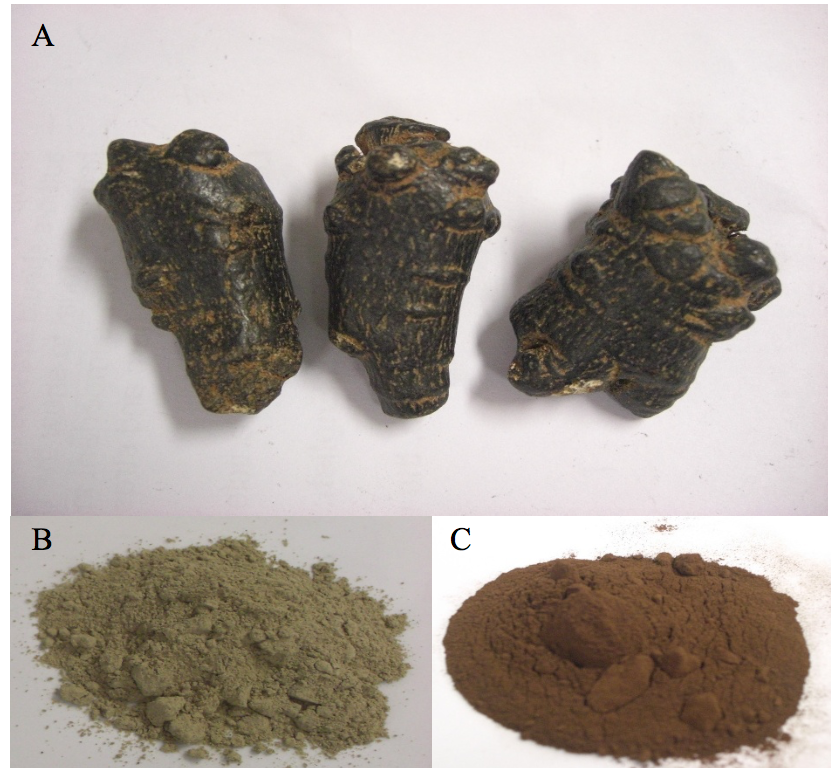Prototype ginsenosides vs Rare ginsenosides
 Ginsenosides are a group of glycosylated triterpenes, also known as saponins, that represent the active compounds found in the root Panax. Based on many studies indicating the anticancer properties of ginsenosides, many ginseng products have been developed to cater to people’s healthcare demand. A good case is the ginseng chocolate developed by the scientists of Far Eastern Federal University (FEFU) in Vladivostok, which contains ginsenosides and other nutrients. Do these ginseng products really work against cancer? A distinction between prototype ginsenoside and rare ginsenosides is needed in order to solve this question.
Ginsenosides are a group of glycosylated triterpenes, also known as saponins, that represent the active compounds found in the root Panax. Based on many studies indicating the anticancer properties of ginsenosides, many ginseng products have been developed to cater to people’s healthcare demand. A good case is the ginseng chocolate developed by the scientists of Far Eastern Federal University (FEFU) in Vladivostok, which contains ginsenosides and other nutrients. Do these ginseng products really work against cancer? A distinction between prototype ginsenoside and rare ginsenosides is needed in order to solve this question.
Prototype ginsenosides
Prototype ginsenosides, also known as ginsenosides or ginseng saponins, are the main components extracted directly from the Araliaceae plants such as American ginseng and Panax ginseng and Notoginseng. Prototype ginsenosides include R1, Ra1, Ra2, Ra3, Rb1, Rb2, Rb3, Rc, Rd, Rg1 etc. Despite various bioactive medical properties, they are characterized by high molecular weight, which makes them difficult to be absorbed by human bodies and leads to poor bioavailabilities.
Rare ginsenosides
Rare ginsenosides are metabolites of prototype ginsenosides, Rg3、Rh2、Rh3 、Rk1 、Rk2、aPPT and aPPD included. When digested and degraded by enzymes and gut flora, prototype ginsenosides are converted and metabolized into rare ginsenosides with small molecular weights that greatly facilitate their absorption and utilization.
The outstanding anticancer activities of rare ginsenosides
Rare ginsenosides have been reported to be potential candidates for treating cancers by various mechanisms of action. South Korean researchers found that PPT ginsenosides can reverse multidrug resistance and ginsenoside Rg5 exhibits anti-breast cancer activity by exerting cytotoxicity, inhibiting cell cycle and inducing cell apoptosis of breast cancer; Ginsenoside Rh4 induces apoptosis and autophagic cell death in colorectal cancer cells, according to the study published in the journal Biochemical Pharmacology; Chinese researchers at the School of Chemical Engineering, Northwest University in China presented that ginsenoside Rk3 exhibits anticancer effects on non-small cell lung cancer (NSCLC) cells. All these studies on rare ginsenosides indicated that rare ginsenosides can be potentially used in fighting cancer.
Advanced biotransformation technology involved in the preparation of rare ginsenosides
The types and numbers of gut flora are different in individuals, which results in huge differences in the absorption and utilization of ginsenosides. Generally speaking, ginseng can only exert anticancer effects on very few people and most people obtain no anticancer efficacy. When overdosed, ginseng can cause some side effects like getting excessive internal heat and increasing blood pressure. Therefore, high-tech biotransformation technology and preparation technology are required to convert ginsenosides into rare ginsenosides that are superior with high active anticancer activities.
The majority of ginseng products in the current market do not contain rare ginsenosides
Ginseng products available on the market actually contain prototype ginsenosides instead of rare ginsenosides. Even if rare ginsenosides are included in these products, the amount is extremely low. Most ginseng products are of ginseng powers or prototype ginsenosides, and the net content of the total ginsenosides shown in the ingredient statement actually refers to that of prototype ginsenosides.
Compared with the extraction of prototype ginsenosides, the preparation of rare ginsenosides in large quantities involve much more advanced biotechnology and preparation technology. Many pharmaceutical companies lack these core technologies, which is why the majority of ginseng products do not contain rare ginsenosides.
When buying rare ginsenoside products for fighting cancer, customers should be more cautious to confirm whether rare ginsenosides are the main components. The best rare ginsenoside products on the market are those with multiple highly active rare ginsenosides and high concentrations of active ingredients.


